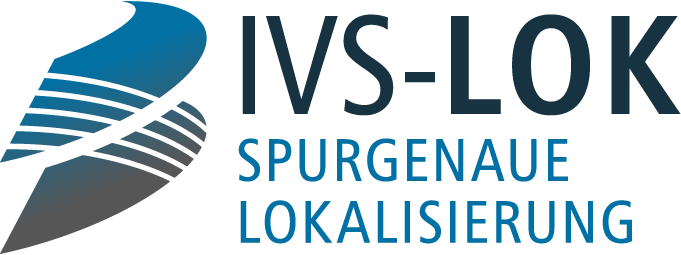Introduction and Objectives

In addition to vehicle sensors for environment perception and digital maps for navigation, the highly precise and lane-selective positioning of vehicles is an important precondition for automated driving functions.
With the knowledge of the exact vehicle position, other traffic and infrastructure objects can be referenced on a digital map so that automated driving maneuvers can be planned and executed. With the set up and development of a suitable infrastructure of superordinate satellite reference receivers (Global Navigation Satellite Systems) and traffic light systems as virtual reference stations, the lane-selective positioning of road users is possible even with common GNSS receivers under urban conditions.
The IVS-LOK project realizes a suitable communication infrastructure for connecting superordinate reference receivers. On the other hand, a network of superordinate reference stations, spread across the entire urban catchment, provides virtual observables and correction data. With this network, it is possible to receive current GNSS corrections and virtual code and phase values for any location within the Dresden test bed. These location-specific data are transmitted to a traffic light system within the corridor, which is equipped with a RSU (Road-Side Unit).
The correction data will be subsequently supplied from the RSU to the vehicles in the proximity of the light signal system (On-Board Units, OBUs) using the communication technology 802.11p. In addition, correction data is distributed via DAB-specific, low-latency protocol services, creating a communication fallback in hardware and software.
